Dear Soul on the Journey,
If you’ve ever found yourself whispering, “Why do I keep attracting chaos?”—especially when your conscious intention is peace, love, and inner stability—you’re not alone. This is one of the most common questions I receive. It’s a powerful moment when someone becomes awake enough to ask it, and it deserves a response that honors both the science of the nervous system and the mystery of the Self.
Let’s begin here: It’s not your fault, but it is your invitation.
The Unseen Gravity of Emotional Patterns
At the heart of this inquiry is the recognition that our emotional patterns are not merely habits—they are finely tuned frequencies shaped by our earliest relational environments. If you grew up in a space where love was unpredictable, intimacy was unsafe, or your nervous system had to adapt to survive chronic stress, then chaos became familiar. And the human nervous system has an uncanny ability to recreate what feels familiar—not because it’s good for us, but because it feels like home.
This is not a conscious choice. It’s the subconscious reenactment of what the body-mind-brain-heart believes to be normal.
Chaos as a Chemical Feedback Loop
In neuropsychological terms, we could call this a chaos addiction. The adrenaline rush of instability can feel like aliveness to a nervous system conditioned to high alert. This is not metaphor—it’s neurobiology. Cortisol, adrenaline, dopamine: they weave into a chemical soup that keeps us tethered to drama cycles, despite our best intentions.
It’s why therapy for chaos addiction isn’t about silencing the storm, but about learning how to be with stillness—something that, at first, can feel terrifying. Peace, when we’re not used to it, can feel like abandonment. Stability, when unfamiliar, can feel like suffocation.
But this is the work of re-patterning. Of returning home to the body as a sanctuary instead of a battlefield.
Healing Attachment Wounds is an Energetic Recalibration
When we speak of attachment wounds healing, we’re not just healing cognitive distortions—we’re healing at the level of vibration, of coherence, of the electromagnetic signature of the heart. In other words, we’re learning to embody what it feels like to be safe and connected—first with ourselves, and then, by extension, with others.
Most people with relational trauma tend to over-function in relationships, carrying the weight of emotional labor, interpreting unsafety as a cue to work harder to be loved. The result? Relationship burnout. Deep fatigue from over-giving, over-fixing, and over-staying.
Healing means no longer confusing effort with worthiness.
From Self-Abandonment to Emotional Self-Awareness
When you start practicing emotional self-awareness, you begin noticing the micro-signals of your nervous system: when you contract, when you override, when you say “yes” while your gut says “no.” This is where coherence work—like biofeedback training, Floatation REST, and expressive arts—becomes essential. These modalities help recalibrate the inner compass, guiding you gently back to your authentic signal.
Emotional self-awareness isn’t just journaling or naming your feelings. It’s a devotional practice of tracking your inner landscape with curiosity and compassion. It’s the daily reclamation of presence.
The Nondualist View: Chaos Isn’t the Enemy
In nonduality, we understand that what arises in our experience is not separate from the field of awareness. Chaos, too, belongs. It is not wrong. It is simply what is. And yet, part of the evolution of consciousness is learning to see without identifying, to feel without fusing, and to witness without collapsing.
You are not broken. You are not too much. You are not doomed to repeat the past.
You are a resilient, attuned, fiercely loving being learning to unlearn.
So if you’ve been asking why you keep attracting chaos, know that the question itself is the beginning of liberation. It means you are becoming aware. And awareness is the gateway to choice.
With you in coherence and courage,
– Dr. Katelyn

